This is the final article in a four-part series about the quartet of women pictured below—Mary Eastaman, Ellen Clark, Janet Colman, and Julia Bartlett. The group was photographed at the home of Mary Beecher Longyear in December 1917, as Mrs. Longyear began her work to preserve the history of the early years of Christian Science and the life of Mary Baker Eddy.
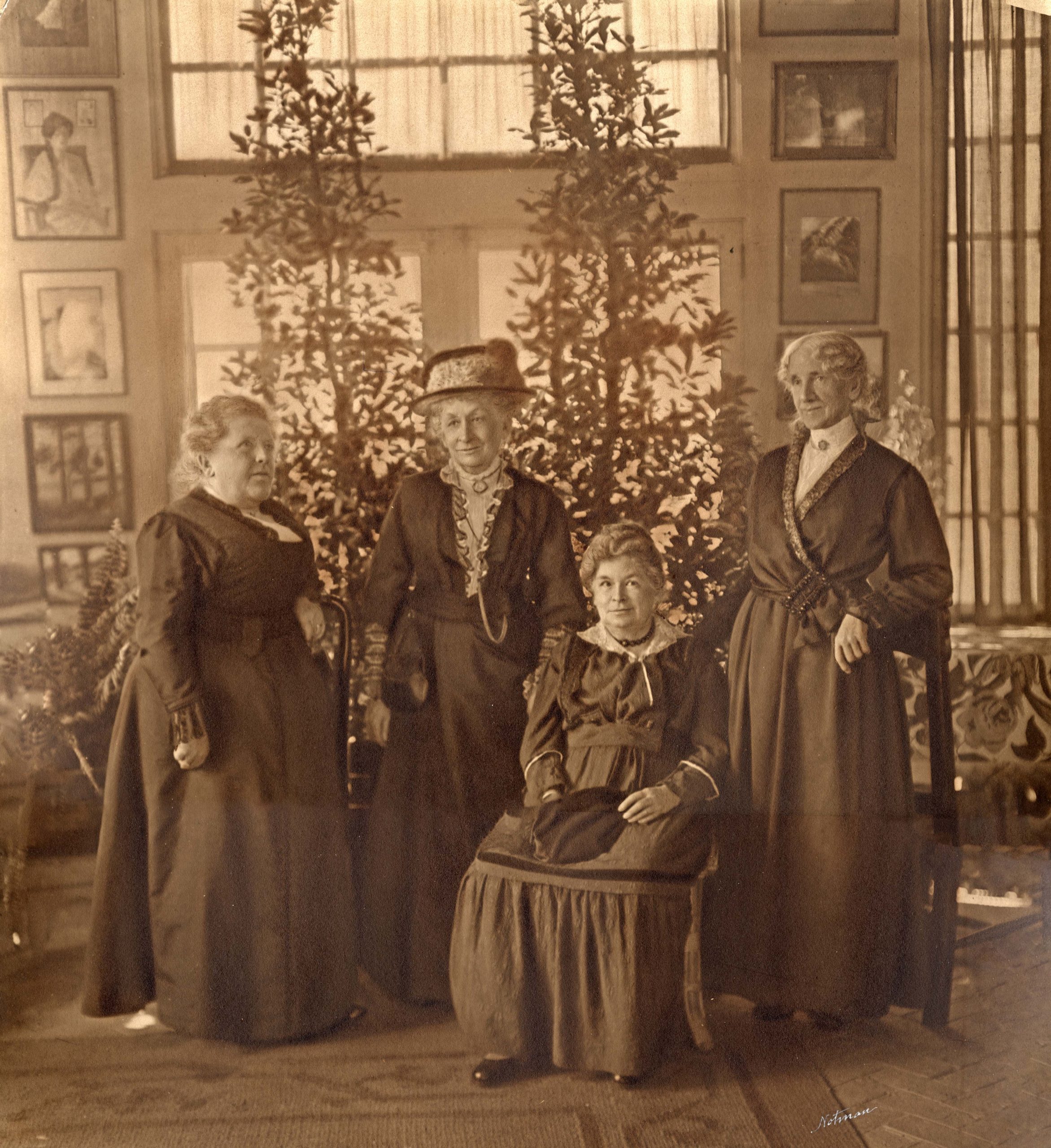
Part 4: Mary F. Eastaman, C.S.D.
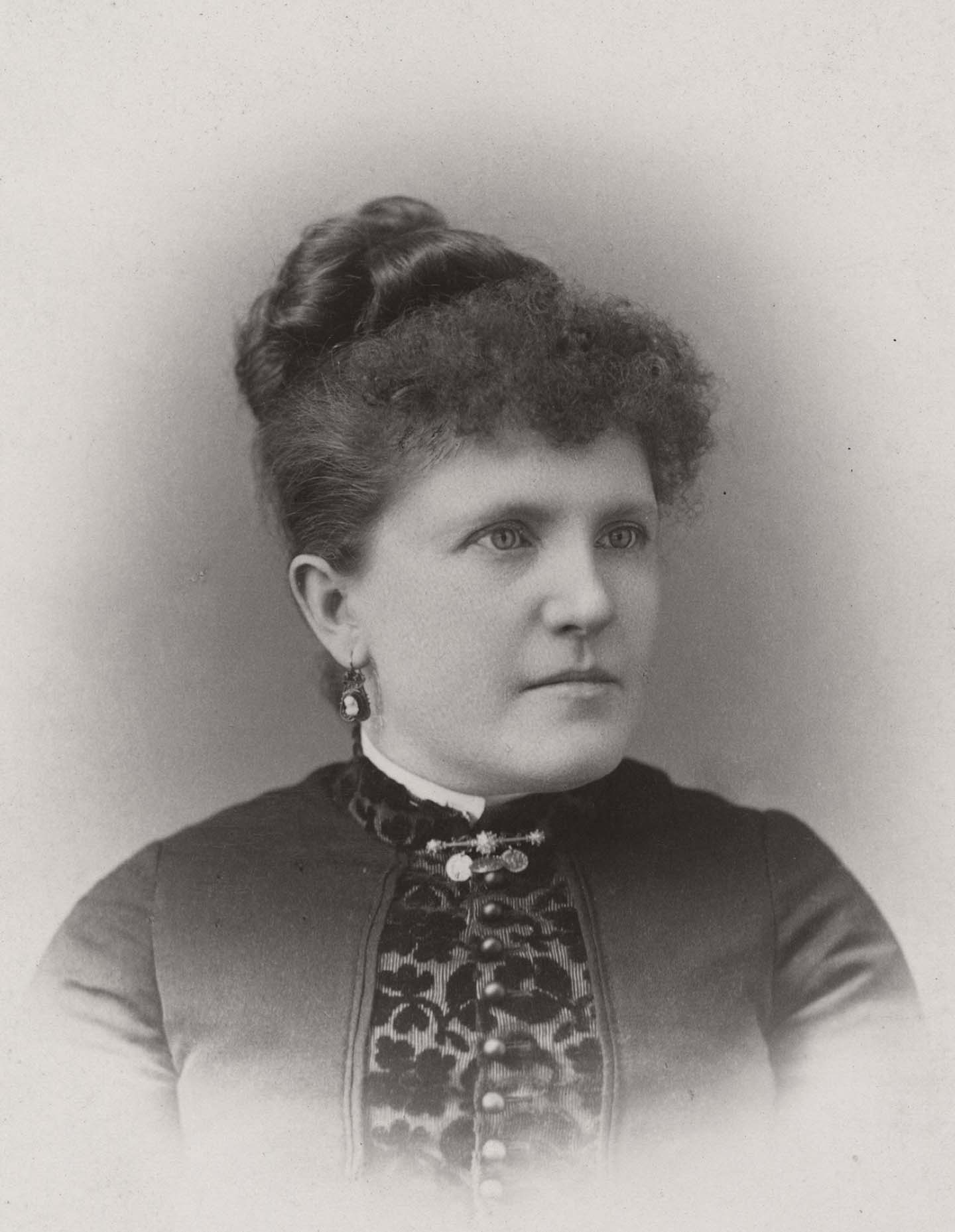
In the fall of 1884, after a long voyage at sea, Capt. Joseph Eastaman returned home to Chelsea, Massachusetts, just outside the seaport of Boston, to find his wife, Mary, had been critically ill for months. Captain Eastaman sought whatever hope doctors could offer. They had none. A physician informed him that she had only months to live. Her minister paid her a final call to talk over last wishes for a funeral service.1
Mrs. Eastaman was not the only hopeless case in the home. A young nephew who was staying there with his wife had for the past year been steadily going blind. Trying to preserve his sight, he had spent months in a darkened room with a black bandage covering his eyes. Doctors pronounced the disease incurable, but still prescribed medication. Its side effect so loosened the young man’s teeth that he could eat nothing but liquids.
Mrs. Eastaman recalled: “A friend came one evening and asked my husband why he did not try Christian Science now that the doctors gave no hope of recovery.”2 The friend knew nothing about this new religion that was being talked about in Boston, but she had heard about some healings right there in Chelsea. To Mrs. Eastaman, a devout churchgoer, this Christian Science sounded like some new doctrine “opposed to God’s law and commandments.”3 She would have none of it, fearing it was spiritualism.4
But their nephew overheard the conversation and decided to give it a try. His wife led him by the hand to a Christian Scientist. Mrs. Eastaman recalled that “he returned from the first visit with teeth firmly set and ate the first meal he had eaten for months. The healing of the eyes also began.”5
That was enough for the captain. A man of action, he immediately sought to find out more. Directed to the Massachusetts Metaphysical College in Boston, he promptly went there to recruit the services of Mary Baker Eddy. He took his nephew along, hoping that she would instantaneously heal both his wife and the young man. When Mrs. Eddy gently told him she no longer took patients, Mrs. Eastaman said, he was crushed. But as he went to leave, Mrs. Eddy stopped him and suggested: “Captain, why not study Christian Science and heal your wife?”6 The captain himself recalled: “Without hesitation, I returned to the parlor for particulars.”7
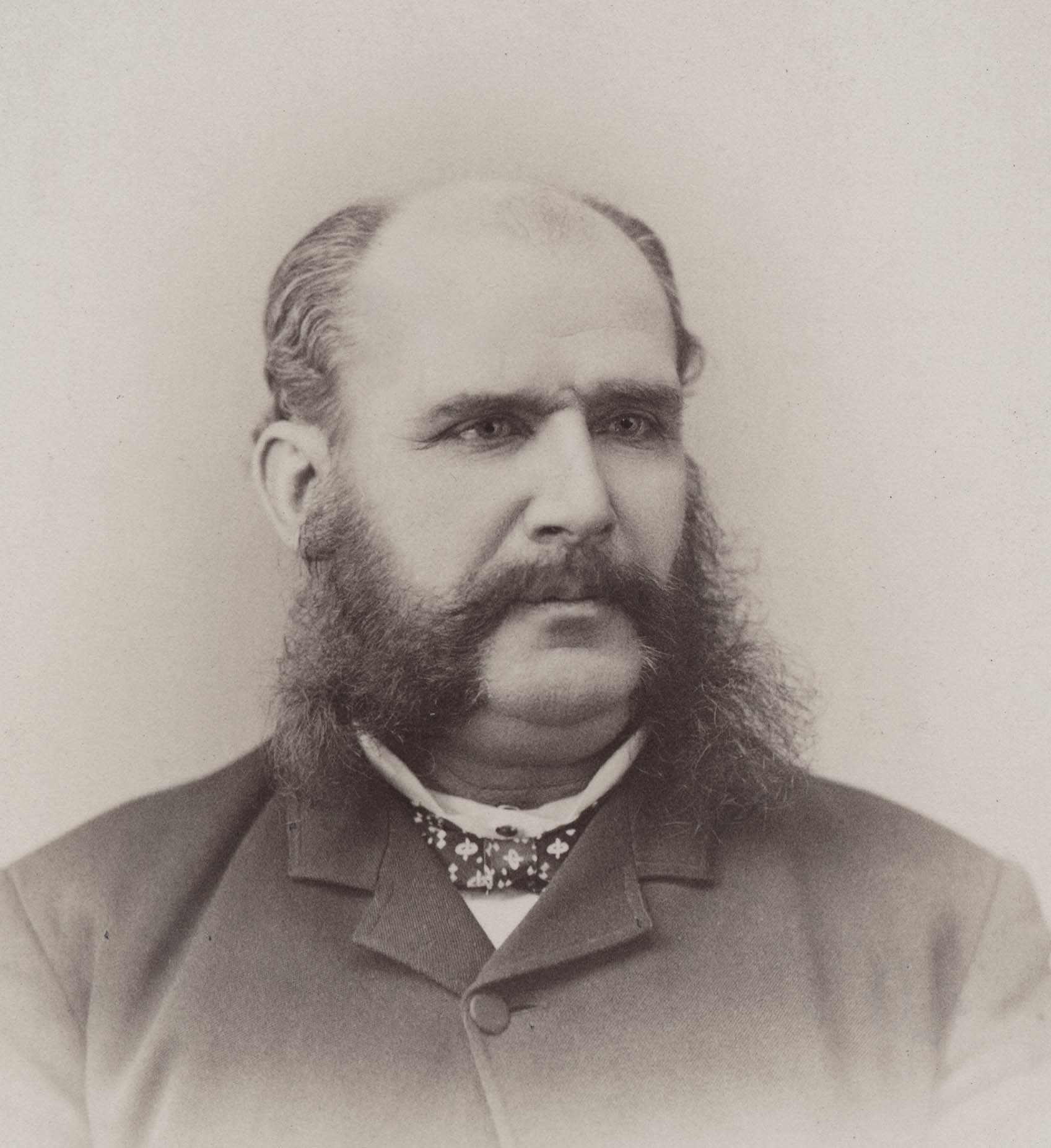
He enrolled in a class that began eight weeks later, in late December 1884. After the first week Mrs. Eddy directed Captain Eastaman to begin to treat his wife, using what he was learning, and to report the results to her. Soon he could tell his teacher that change was evident. As the three weeks of classes came to a close, Mrs. Eddy sent an invitation to Mrs. Eastaman to attend the final meeting. The captain’s wife was much improved but still too weak to stand up to dress herself. She had not been out of the house for months. But she was determined to go. As Mrs. Eastaman describes it: “Seated on a chair, with the aid of my mother and husband, I was made ready. Then came the journey and walking up, so slowly, two long flights of stairs.”8 After hearing Mrs. Eddy, Mrs. Eastaman recalled that “the return home was made with less effort, and instead of going to bed, I ate dinner with my family.”9 Her recovery continued as she studied Mrs. Eddy’s writings. And in the same months, their nephew’s blindness was completely healed.
The following February, Mrs. Eastaman herself enrolled for class instruction with Mrs. Eddy. She wrote that at the close of that class Mrs. Eddy placed her hand on Mrs. Eastaman’s shoulder and told her: “You have your armor on and are ready to go forth.”10 Those words encouraged the shy and reserved woman to go to her first patient “with joyful step.” The patient lay in bed, helplessly suffering frequent intense agony. After the second day of Mrs. Eastaman’s treatment, the pains never returned. Doctors had instructed that the man be fed nothing but milk. To encourage him to eat normally, Mrs. Eastaman and her mother prepared a fine meal which she delivered to him. He ate it with gusto. Ten days later he was back at work. Mrs. Eastaman states that “when that patient was healed, I most willingly and unreservedly gave myself to God and the work of Christian Science.”11
The Eastamans became dedicated Christian Scientists. Both enrolled in Normal and Obstetric classes at the College and became teachers of Christian Science. Mrs. Eastaman had been plagued since childhood with bouts of illness. Her one desire was to become a school teacher, but her persistent invalidism prevented that dream. She carried bitter disappointment all her life. Learning this, Mrs. Eddy at the close of her Normal class, told her: “But now, dear, you are a teacher and will lead many into the paths of righteousness and peace.”12
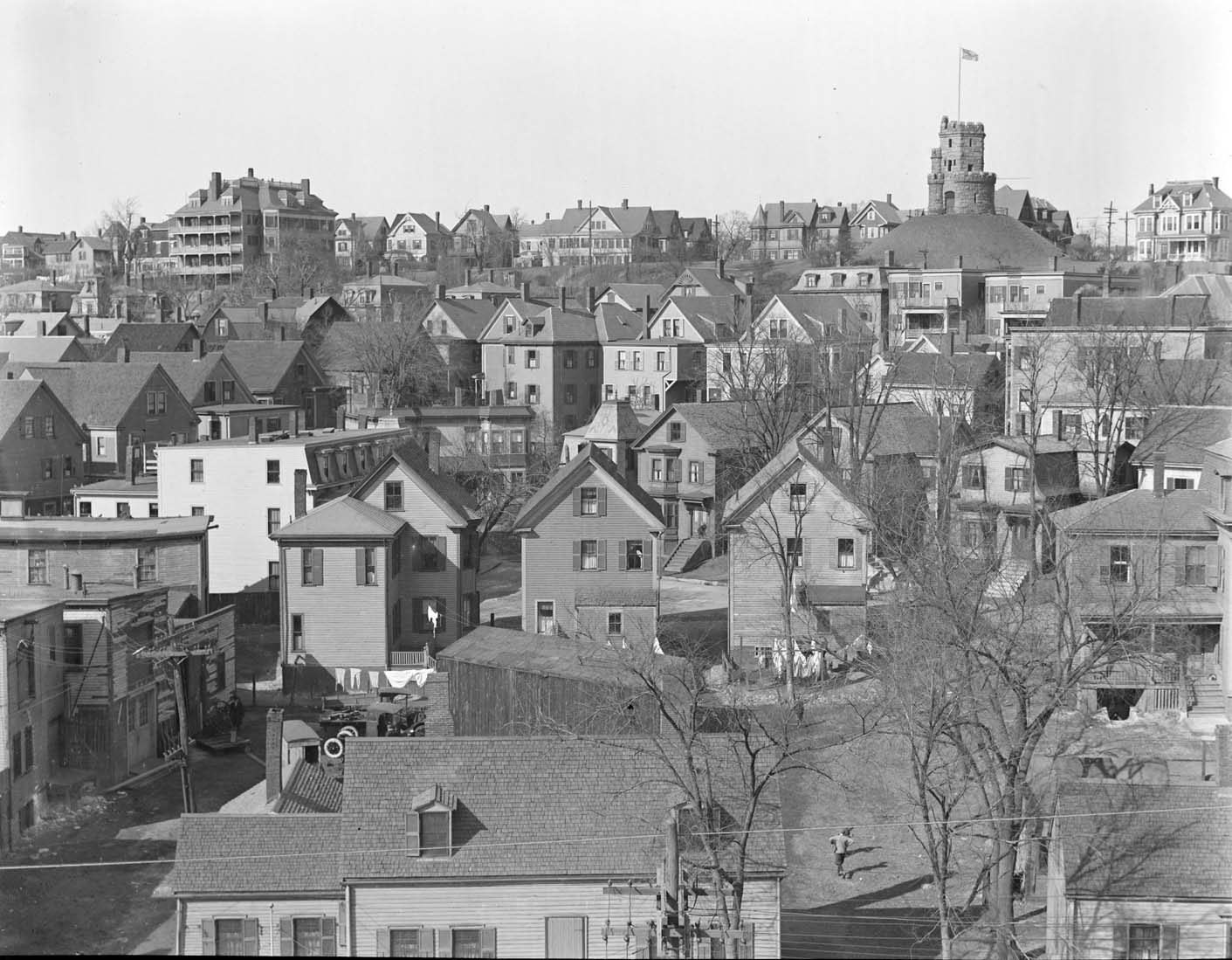
In 1892, Mrs. Eddy named both Eastamans to the body of 12 trusted First Members, who, under her direction, formed The Church of Christ, Scientist. Captain Eastaman was placed on the first Board of Directors. Mrs. Eastaman served as the Church’s first treasurer. She also served on the Bible Lesson Committee for 24 years.
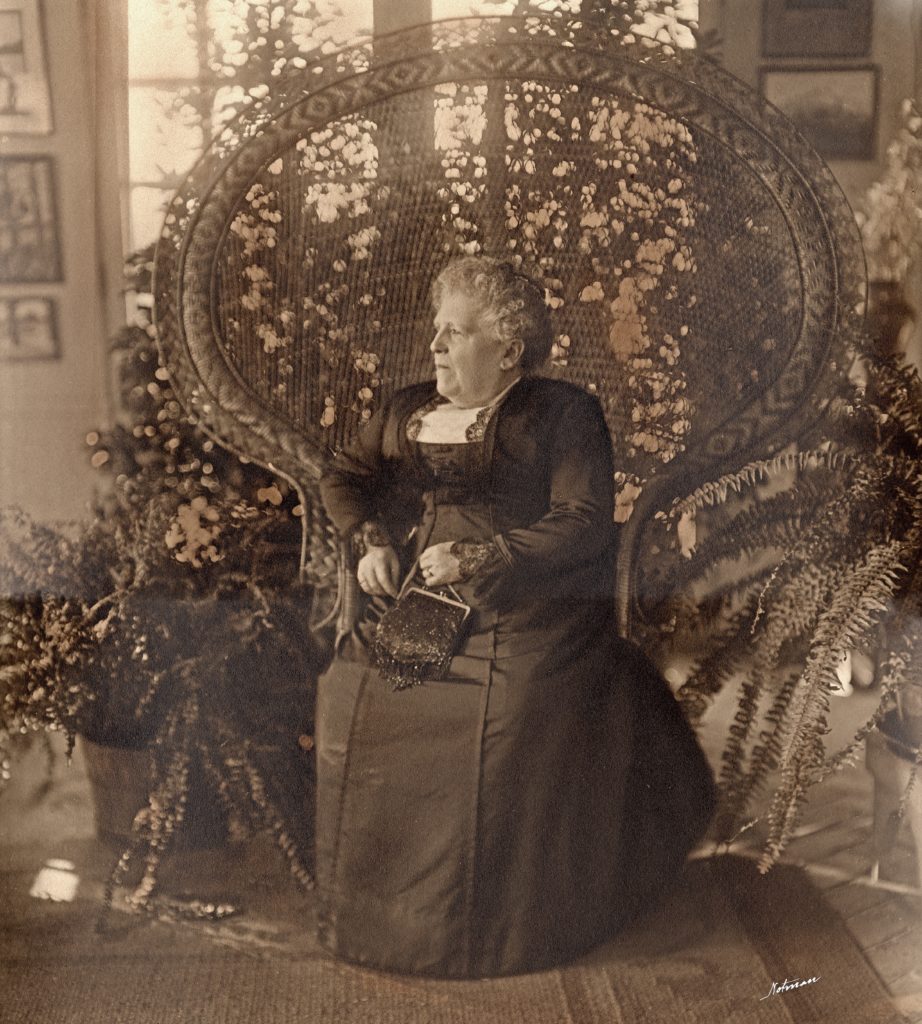
Healing would always be their primary work. In 1910, the captain wrote Mrs. Eddy:
“It is just twenty-five years today since I began the most holy work (to my sense), and Oh, beloved Teacher, how many are the people that I have been the instrument to heal and help in that time.”13
Mrs. Eastaman shared her husband’s sentiment. Standing with three other pioneer Christian Scientists for their group portrait in 1917, Mary Eastaman was still guided by the certainty she voiced aloud following her very first case of healing over 30 years earlier: “This is God’s work, and I am ready for it.”14
Last in a four-part series. Previous installments feature Julia Bartlett, C.S.D, Janet Colman, C.S.D., and Ellen Clark, C.S.B.